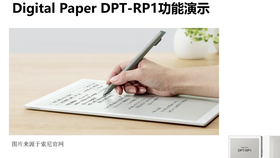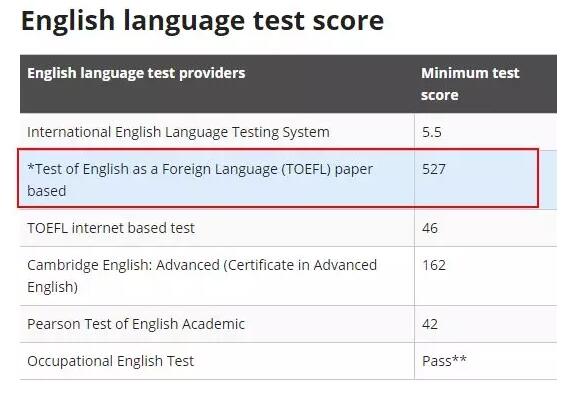Title: Red Envelope Paper-Cutting and Ribbon Tying: A Traditional Chinese New Years Celebration
Red envelope paper-cutting and ribbon tying are important traditions during Chinese New Year celebrations. Red envelopes, filled with money or gifts, are given to children and unmarried adults as a symbol of good luck and prosperity for the new year. Paper-cutting, also known as Jianzhi, is a popular folk art in which intricate designs are cut out from red paper. This art form is often used to decorate homes and public spaces during the holiday season. Ribbon tying, another traditional activity, involves creating colorful ribbons by tying them together in various patterns. These ribbons are then used to adorn doorways and windows as decorations. The combination of red envelopes, paper-cutting, and ribbon tying creates a festive atmosphere that celebrates family unity and good fortune for the coming year.
As the Lunar New Year approaches, many Chinese families around the world are preparing to welcome the Year of the Ox. One of the most beloved traditions during this festive season is the creation of paper-cut decorations, which are often used to adorn windows, doors, and other surfaces. Another popular tradition is the giving and receiving of red envelopes filled with money, which is believed to bring good luck and fortune to the recipient. In addition to these customs, many people also enjoy tying colorful ribbons around their wrists or necks as a symbol of unity and happiness. This article will explore the rich history and significance of these three aspects of Chinese New Year celebrations: paper-cutting, red envelopes, and ribbon tying.

Paper-cutting is a time-honored art form that dates back thousands of years. According to legend, the practice originated from an ancient ritual in which people would use scissors or knives to cut out images of animals or gods from red paper, in order to ward off evil spirits and bring good luck. Over time, the art of paper-cutting has evolved and become more intricate, with different regions of China developing their own unique styles and techniques. Today, paper-cutting is a popular way for families and friends to decorate their homes and express their creativity during the Spring Festival.
One of the most iconic symbols of Chinese New Year is the red envelope, also known as "hongbao" in Mandarin. These envelopes are usually made of red paper and contain money, which is given to children and young adults by their parents, grandparents, or other relatives as a way to wish them good luck and prosperity in the new year. The color red is considered particularly auspicious in Chinese culture, as it is associated with joy, passion, and vitality. By giving red envelopes, families are expressing their love and well wishes for the future.
In addition to red envelopes, many people also enjoy tieing colorful ribbons around themselves during Chinese New Year celebrations. These ribbons come in a variety of colors and patterns, and are often worn on the wrist or around the neck as a symbol of unity and harmony. The act of tying a ribbon represents the coming together of family members and friends, as well as the hope for a happy and prosperous new year. In some cultures, ribbons may also be tied in specific patterns or sequences to represent different wishes or aspirations. For example, a series of five blue ribbons tied tightly together might symbolize health and longevity, while a sequence of seven yellow ribbons tied loosely could represent wealth and abundance.

Beyond their symbolic meanings, paper-cutting, red envelopes, and ribbon tying all have important historical roots in Chinese culture. For example, the art of paper-cutting was originally practiced by folk artists who would create intricate designs using only a pair of scissors or a knife. Over time, however, this art form became more formalized and standardized, with different regions developing their own distinct styles and techniques. Similarly, the practice of giving red envelopes has been passed down through generations of Chinese families, with each generation adding its own special touch to this cherished tradition. Finally, the act of tying ribbons has its roots in ancient rituals that were used to ward off evil spirits and bring good luck.
In conclusion, paper-cutting, red envelopes, and ribbon tying are all important aspects of Chinese New Year celebrations that hold deep cultural significance. Whether you are creating intricate paper-cut decorations, giving or receiving red envelopes filled with money, or tying colorful ribbons around your wrists or necks, these traditions offer a powerful reminder of the importance of family, community, and hope for the future. As we enter into the Year of the Ox, let us embrace these timeless customs and continue to celebrate the spirit of Chinese New Year for generations to come.
Articles related to the knowledge points of this article::
Top Brands for Womens Skirt and Tie Combinations
Mens Dress Shirt and Tie Recommendations with Brand Images
Title: The Iconic GONG LI Tie - An Ode to Chinese Fashion



